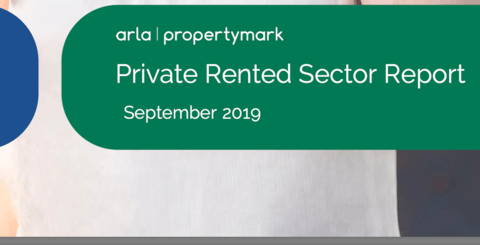A shortage of homes to let and the tenants fee ban are still pushing up the cost of renting, according to letting agents.
Rents increased for 58% of tenants in September, says new research by trade body the Association of Residential Letting Agents (ARLA).
That compares with a 64% rise in August, but reveals a massive hike from 31% a year ago.
The number of tenants paying more rent is highest in the North east, where 86% saw their rents rise.
ARLA chief executive David Cox blames the rent increases on bans on tenant fees in England from June and Wales from September, plus more tenants chasing fewer homes.
“While the number of tenants experiencing an increase in rent has dropped marginally, rent prices remain alarmingly high as they have done since the Tenant Fees Act came into effect,” he said.
“It’s also concerning to see that the number of properties managed per letting agent branch has fallen. As supply falls, competition amongst tenants increases which further drives up rent costs.
“With a general election approaching, we hope that the government recognises the importance of increasing supply for tenants and uses it as an opportunity to make the market more attractive for landlords.”
The shortage of homes to rent does not appear to come from landlords selling property.
Letting agents say an average of four landlords a branch are selling up – the same figure as a year ago which has barely changed since.
ARLA also reported renters are staying in their homes for an average 19 months – with the longest tenancies lasting 24 months in the East Midlands and the shortest 12 months in Scotland.
Voids – the time when properties stand empty between lets – stand unchanged from September at three weeks.




